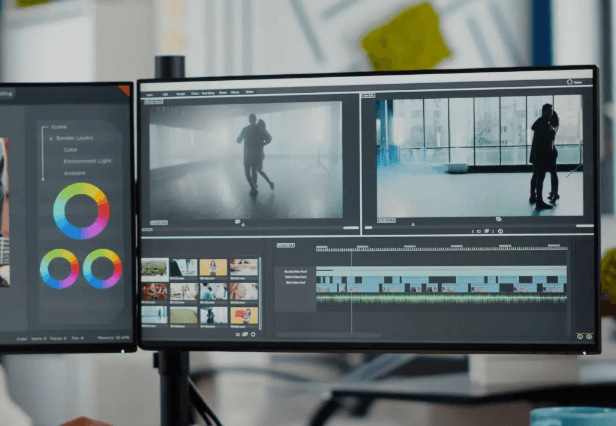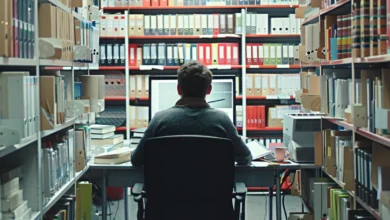The Art of Storytelling Through Video Editing

In the realm of visual media, the art of storytelling through video editing emerges as a pivotal discipline that marries creativity with technical precision. The editor’s role transcends mere cut-and-paste; it involves weaving a coherent narrative that captivates and resonates with audiences. By employing various techniques—such as pacing, sound integration, and visual composition—editors sculpt raw footage into powerful narratives. Yet, the true mastery lies not just in the techniques employed but in understanding the intricate relationship between these elements. What nuances elevate a simple sequence to an unforgettable story?
Importance of Editing in Storytelling
Editing serves as the backbone of effective storytelling, transforming raw footage into a cohesive narrative.
Through diverse editing styles, filmmakers achieve emotional pacing that resonates with audiences, enhancing character development and forging connections.
Visual continuity ensures a seamless flow, transporting viewers into the story’s world.
Each cut, transition, and effect is meticulously crafted, allowing freedom of expression while maintaining clarity and focus in the narrative journey.
Techniques for Effective Narrative Flow
Achieving effective narrative flow is essential for guiding viewers through a story’s emotional landscape.
Employing cutting techniques, such as jump cuts or match cuts, can enhance visual storytelling, while pacing strategies, like varying shot lengths, maintain engagement.
These elements work in harmony to create a seamless journey, allowing audiences to immerse themselves fully in the narrative and experience the unfolding drama with freedom and curiosity.
The Role of Sound and Music
Sound and music serve as the heartbeat of a video, infusing emotion and depth into the narrative.
Effective sound design and music selection create emotional resonance, guiding the audience’s experience.
Auditory cues enhance storytelling, while rhythm synchronization aligns with visual elements, ensuring thematic consistency.
Together, these components transform a simple sequence into a powerful narrative, inviting viewers to immerse themselves fully in the story.
Visual Elements and Their Impact
Amidst the dynamic interplay of visuals, the impact of visual elements in video storytelling cannot be overstated.
Color grading sets the emotional tone, while framing techniques guide the viewer’s focus.
Visual metaphors enrich narratives, transforming ordinary scenes into profound experiences.
Symbolic imagery evokes deeper meanings, inviting audiences to explore layers beneath the surface, ultimately crafting a compelling and immersive storytelling journey.
Case Studies of Successful Edits
The effectiveness of visual elements in storytelling is exemplified through notable case studies of successful video edits.
Films like “Eternal Sunshine of the Spotless Mind” showcase intricate narrative structures and character development, employing pacing techniques that enhance emotional resonance.
Similarly, “Moonlight” utilizes visual metaphors to establish thematic coherence, illustrating how precise editing can elevate storytelling, inviting audiences into profound, transformative experiences.
Conclusion
In conclusion, the art of storytelling through video editing transcends mere technical skill, embodying a profound understanding of narrative structure. The theory that effective editing shapes viewer perception holds true; seamless transitions and varied shot lengths create emotional resonance, while sound and visual elements enhance engagement. Successful examples illustrate that meticulous editing not only conveys a story but also evokes powerful emotions, inviting audiences into immersive experiences that linger long after the final frame.





